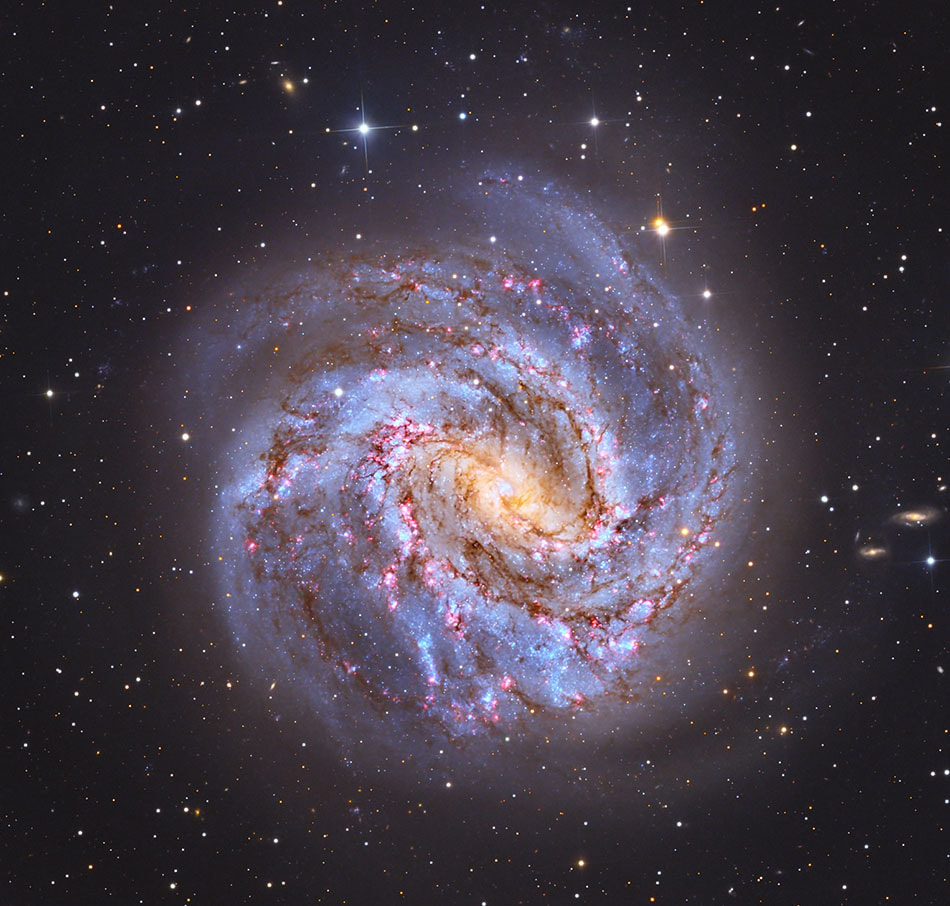Blog
Delores LaVern Baker (born Delores Evans; November 11, 1929 – March 10, 1997 Chicago) was an American rhythm and blues singer who had several hit records on the pop charts in the 1950s and early 1960s. Her most successful records were “Tweedle Dee” (1955), “Jim Dandy” (1956), and “I Cried a Tear” (1958).
more...Ernestine Anderson (November 11, 1928 – March 10, 2016 Houston, TX) was an American jazz and blues singer. In a career spanning more than six decades, she recorded over 30 albums. She was nominated four times for a Grammy Award. She sang at Carnegie Hall, the Kennedy Center, the Monterey Jazz Festival (six times over a 33-year span), as well as at jazz festivals all over the world. In the early 1990s she joined Qwest Records, the label founded by fellow Garfield High School graduate Quincy Jones.
more...Mose John Allison Jr. (November 11, 1927 – November 15, 2016 Yippi, MS) was an American jazz and blues pianist, singer, and songwriter. He became notable for playing a unique mix of blues and modern jazz, both singing and playing piano. After moving to New York in 1956, he worked primarily in jazz settings, playing with jazz musicians like Stan Getz, Al Cohn, and Zoot Sims, along with producing numerous recordings.
more...49 years ago, the S.S. Edmund Fitzgerald embarked on its very last voyage in Lake Superior. What caused it to sink? We still aren’t sure.
MICHIGAN, USA — It’s been nearly half a century since the S.S. Edmund Fitzgerald sank in Lake Superior on Nov. 10, 1975, taking the lives of all 29 members of her crew.
49 years ago on Sunday, one of the most “mysterious and controversial” of all shipwrecks on the Great Lakes took place 17 miles north-northwest of Whitefish Point.
According to the Great Lakes Shipwreck Museum, the only shipwreck to surpass the Edmund Fitzgerald’s story in books, film and media is the Titanic.
The Great Lakes Shipwreck Museum’s annual Edmund Fitzgerald memorial ceremony was livestreamed at 7 p.m.

Wilbert Thirkield “Big Chief” Ellis (November 10, 1914 – December 20, 1977)was an American blues pianist and vocalist.
Ellis was born in Birmingham, Alabama, United States, and was an autodidact at piano. He played at local parties and dances in the late 1920s before leaving Alabama, traveling the United States and working odd jobs. He served in the Army from 1939 to 1942, then moved to New York City, where he accompanied touring blues performers for their concerts there. He recorded with Lenox Records in 1945, and recorded for Capitol Records with Sonny Terry and Brownie McGhee in the 1950s.
In 1972, Ellis moved to Washington, D.C., where he operated a liquor store. Towards the end of his life, Ellis began recording for Trix Records, where he played again with McGhee as well as Tarheel Slim and John Cephas.
Ellis died in Birmingham, Alabama, of heart failure aged 63.
more...The largest canyon in the Solar System cuts a wide swath across the face of Mars. Named Valles Marineris, the grand valley extends over 3,000 kilometers long, spans as much as 600 kilometers across, and delves as much as 8 kilometers deep. By comparison, the Earth’s Grand Canyon in Arizona, USA is 800 kilometers long, 30 kilometers across, and 1.8 kilometers deep. The origin of the Valles Marineris remains unknown, although a leading hypothesis holds that it started as a crack billions of years ago as the planet cooled. Several geologic processes have been identified in the canyon. The featured mosaic was created from over 100 images of Mars taken by Viking Orbiters in the 1970s. 88 million miles.

more...
Sir Timothy Miles Bindon Rice (born 10 November 1944) is an English lyricist and author. He is best known for his collaborations with Andrew Lloyd Webber, with whom he wrote, among other shows, Joseph and the Amazing Technicolor Dreamcoat, Jesus Christ Superstar, and Evita; Chess (with Björn Ulvaeus and Benny Andersson of ABBA); Aida (with Elton John); and, for Disney, Aladdin (with Alan Menken), The Lion King (with John), both the stage adaptation of Beauty and the Beast and the live-action film adaption (with Menken). He also wrote lyrics for the Alan Menken musical King David, and for DreamWorks Animation‘s The Road to El Dorado (with John).
Rice was knighted by Elizabeth II for services to music in 1994. He has a star on the Hollywood Walk of Fame, is a 1999 inductee into the Songwriters Hall of Fame and is the 2023 recipient of its Johnny Mercer Award, is a Disney Legend recipient, and is a fellow of the British Academy of Songwriters, Composers, and Authors. In addition to his awards in the UK, he is one of twenty-one artists to have won an Emmy, Oscar, Grammy and Tony in the US.
Rice twice hosted the Brit Awards (in 1983 and 1984). The 2020 Sunday Times Rich List values Rice’s wealth at £155m; the 21st-richest music millionaire in the UK.
more...Russell Charles Means (November 10, 1939 – October 22, 2012) was an Oglala Lakota activist for the rights of American Indians and all oppressed First Nation Americans, libertarian political activist, actor, musician and writer. He became a prominent member of the American Indian Movement (AIM) after joining the organization in 1968 and helped organize notable events that attracted national and international media coverage.
Means was active in international issues of indigenous peoples, including working with groups in Central and South America and with the United Nations for recognition of their rights. He was active in politics at his native Pine Ridge Indian Reservation and at the state and national level.
Beginning an acting career in 1992, he appeared on numerous television series and in several films, including The Last of the Mohicans and Pocahontas and released his own music CD. Means published his autobiography Where White Men Fear to Tread in 1995.
more...Bobby Rush (born Emmett Ellis Jr. in Homer, Louisiana on November 10, 1933) is an American blues musician, composer, and singer. His style incorporates elements of blues, rap, and funk, as well as a comic sense about blues tropes.
Rush has won twelve Blues Music Awards and in 2017, at the age of 83, he won his first Grammy Award for the album Porcupine Meat. He is inducted into the Blues Hall of Fame, Mississippi Musicians Hall of Fame, and Rhythm & Blues Music Hall of Fame.
more...Hubert Laws (born November 10, 1939) is an American flutist and saxophonist with a career spanning over 50 years in jazz, classical, and other music genres. Laws is one of the few classical artists who has also mastered jazz, pop, and rhythm-and-blues genres, moving effortlessly from one repertory to another. He has three Grammy nominations.
more...Paul Bley, CM (November 10, 1932 – January 3, 2016) was a Canadian jazz pianist known for his contributions to the free jazz movement of the 1960s as well as his innovations and influence on trio playing and his early live performance on the Moogand ARP synthesizers. His music has been described by Ben Ratliff of the New York Times as “deeply original and aesthetically aggressive”. Bley’s prolific output includes influential recordings from the 1950s through to his solo piano recordings of the 2000s.
more...Andrew Charles Cyrille (born November 10, 1939) is an American avant-garde jazzdrummer. Throughout his career, he has performed both as a leader and a sideman in the bands of Walt Dickerson and Cecil Taylor, among others. AllMusic biographer Chris Kelsey wrote: “Few free-jazz drummers play with a tenth of Cyrille’s grace and authority. His energy is unflagging, his power absolute, tempered only by an ever-present sense of propriety.”
Cyrille was born in Brooklyn, New York, United States, into a Haitian family. He began studying science at St. John’s University, but was already playing jazz in the evenings and switched his studies to the Juilliard School. His first drum teachers were fellow Brooklyn-based drummers Willie Jones and Lenny McBrowne; through them, Cyrille met Max Roach. Nonetheless, Cyrille became a disciple of Philly Joe Jones.
more...Messier 83 or M83, also known as the Southern Pinwheel Galaxy and NGC 5236, is a barred spiral galaxy approximately 15 million light-years away in the constellationborders of Hydra and Centaurus. Nicolas-Louis de Lacaille discovered M83 on 17 February 1752 at the Cape of Good Hope. Charles Messier added it to his catalogue of nebulous objects (now known as the Messier Catalogue) in March 1781. 14.7ly distant.

Mary Allin Travers (November 9, 1936 – September 16, 2009 Louisville, KY) was an American singer-songwriter who found fame as a member of the 1960s folk trio Peter, Paul and Mary, along with Peter Yarrow and Paul Stookey. Travers grew up amid the burgeoning folk scene in New York City‘s Greenwich Village, and she released five solo albums. She sang in the contralto range.
more...More Posts
- World Music with Pedro Sierra
- Daily Roots with Lee Perry & Jah Lloyd
- The Cosmos with NGC 4691
- Knoel Scott Day
- Tatá Güines Day
- Dudu Pukwana Day
- Screamin Jay Hawkins Day
- World Music with Nusrat Fateh Ali Khan
- Daily Roots with Denzil Dennis
- The Cosmos with NGC 70
- Chico Freeman Day
- Vince Guaraldi Day
- Ben Riley Day
- Joe Morello Day
- World Music with Lingling Yu & Guo Gan
- Daily Roots with Rula Brown
- The Cosmos with M91
- Rubén Blades Day
- Desmond Dekker Day
- Cal Tjader Day

